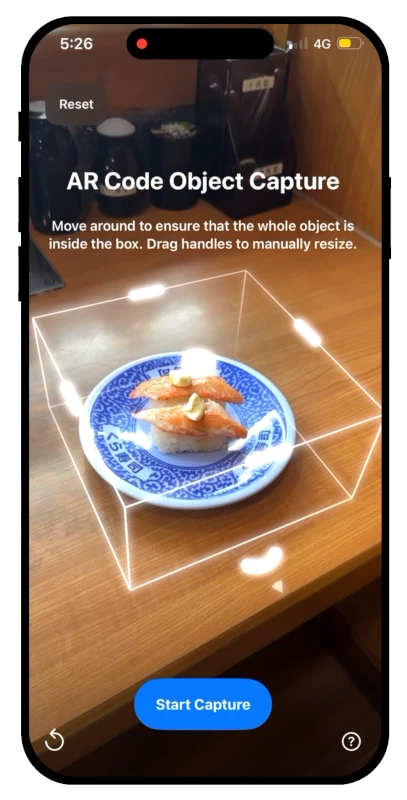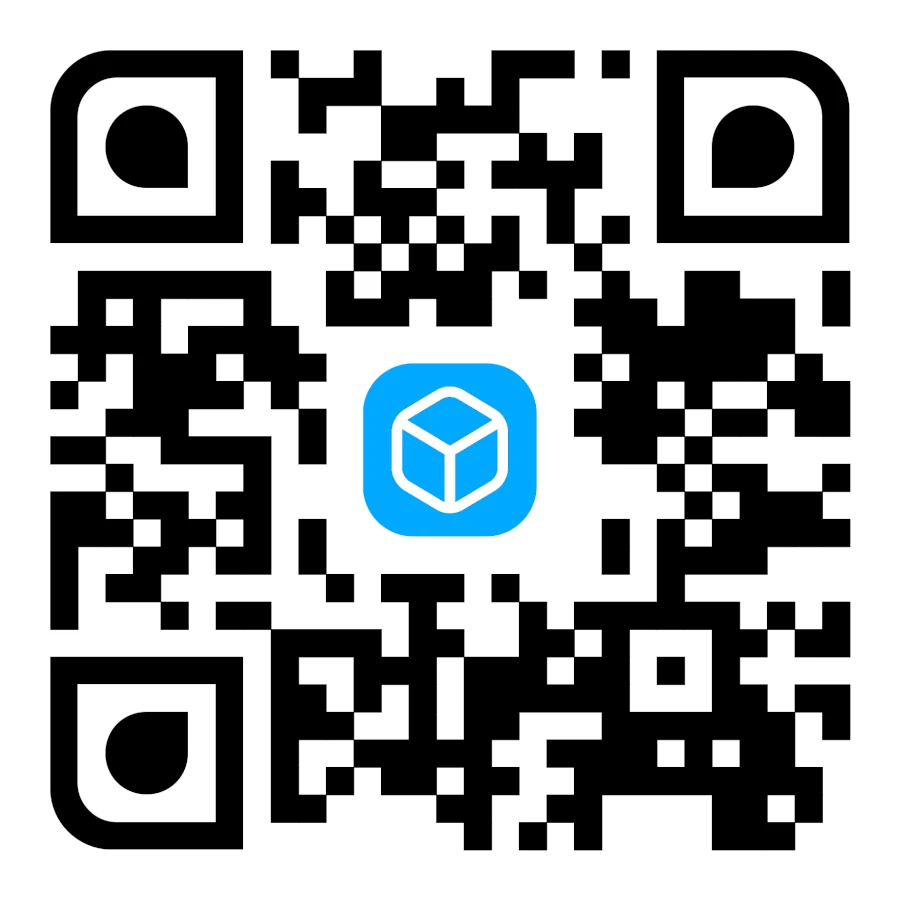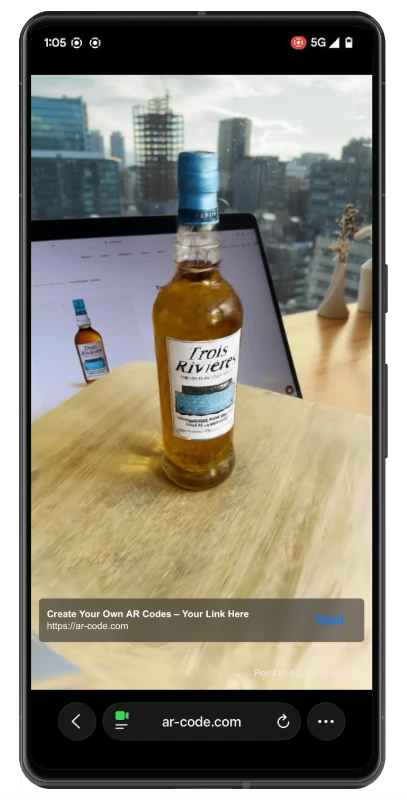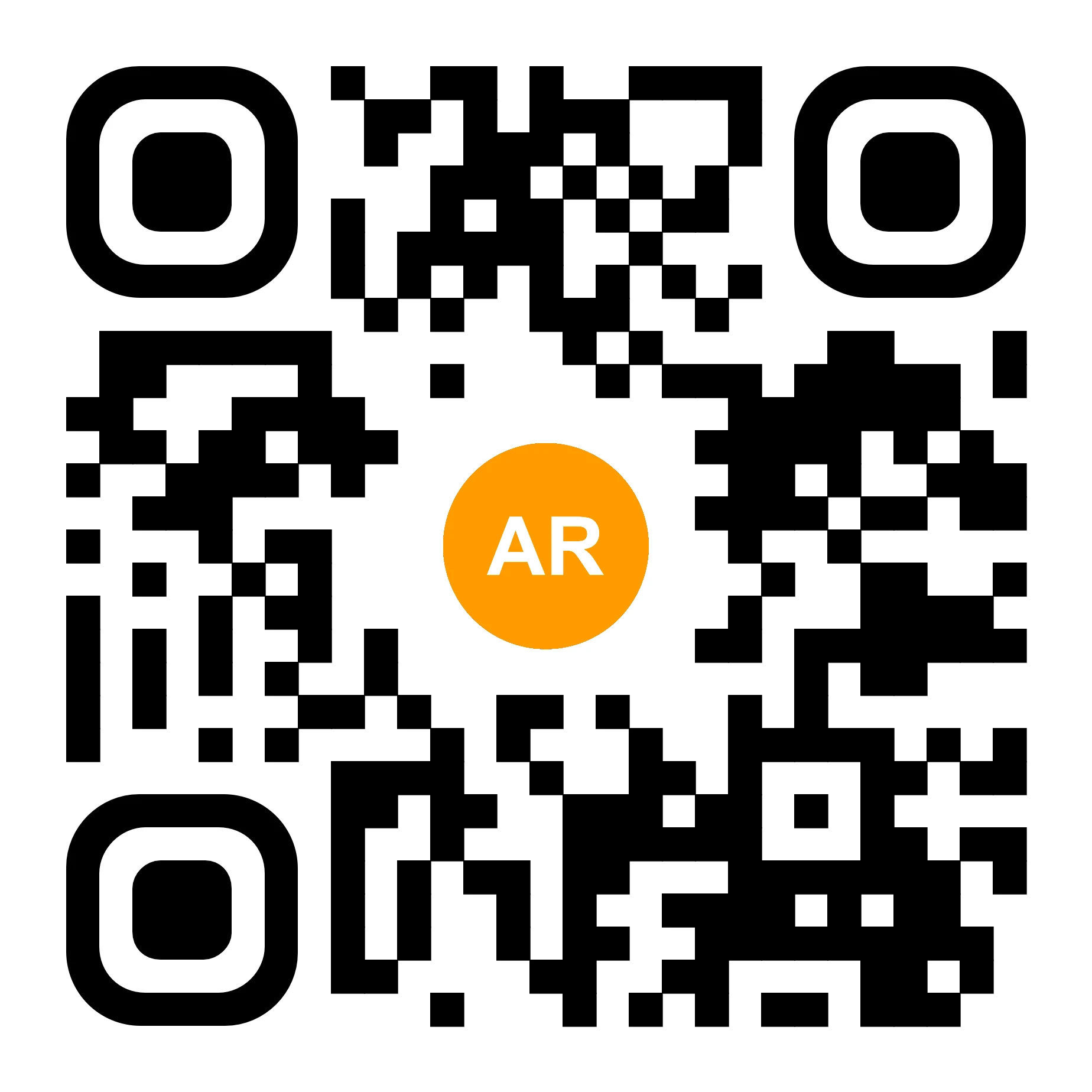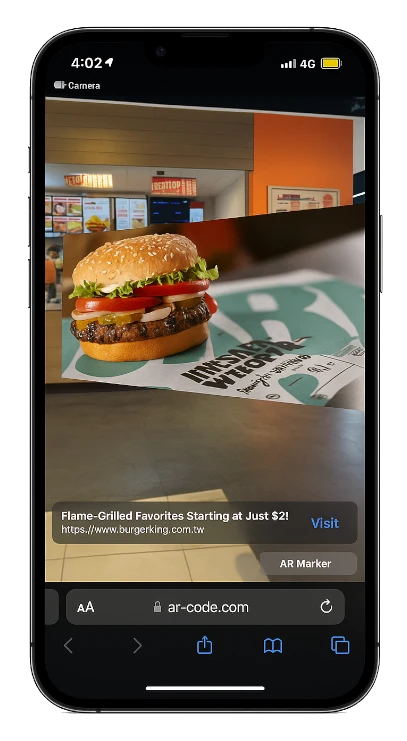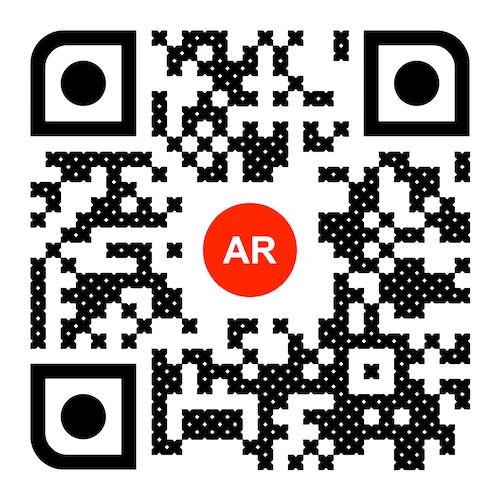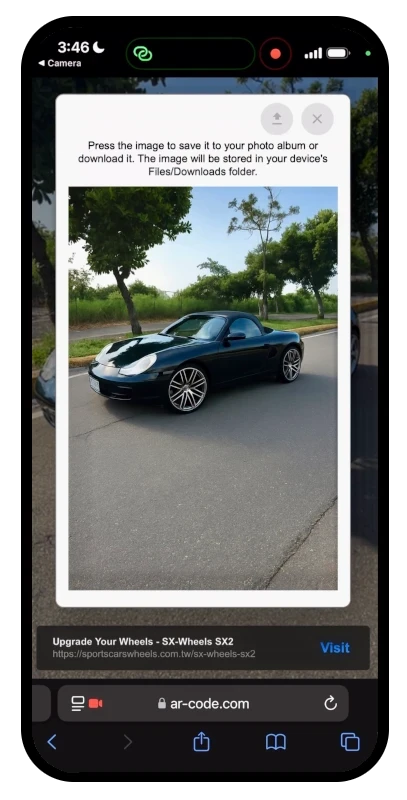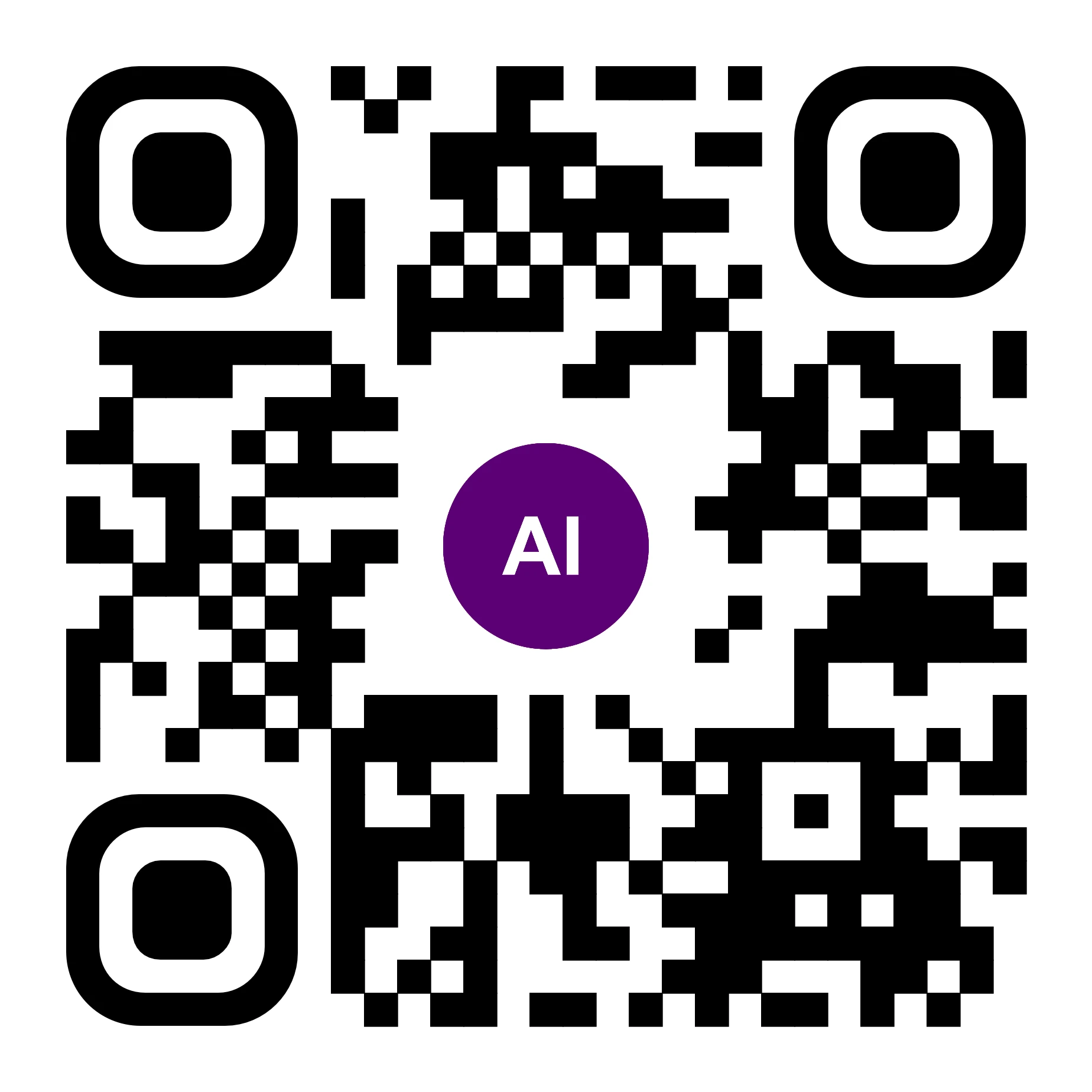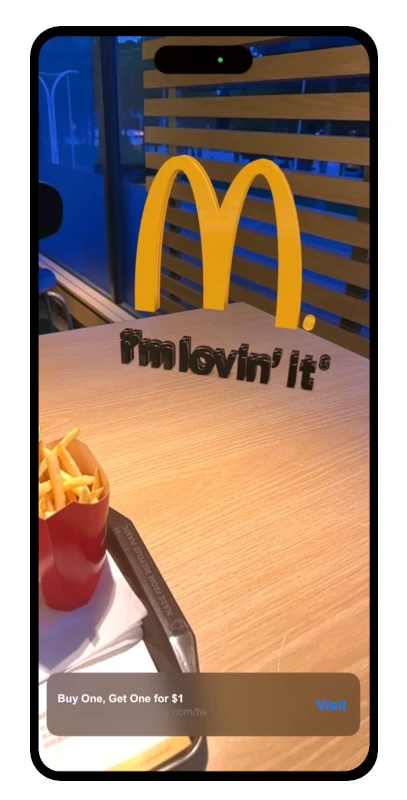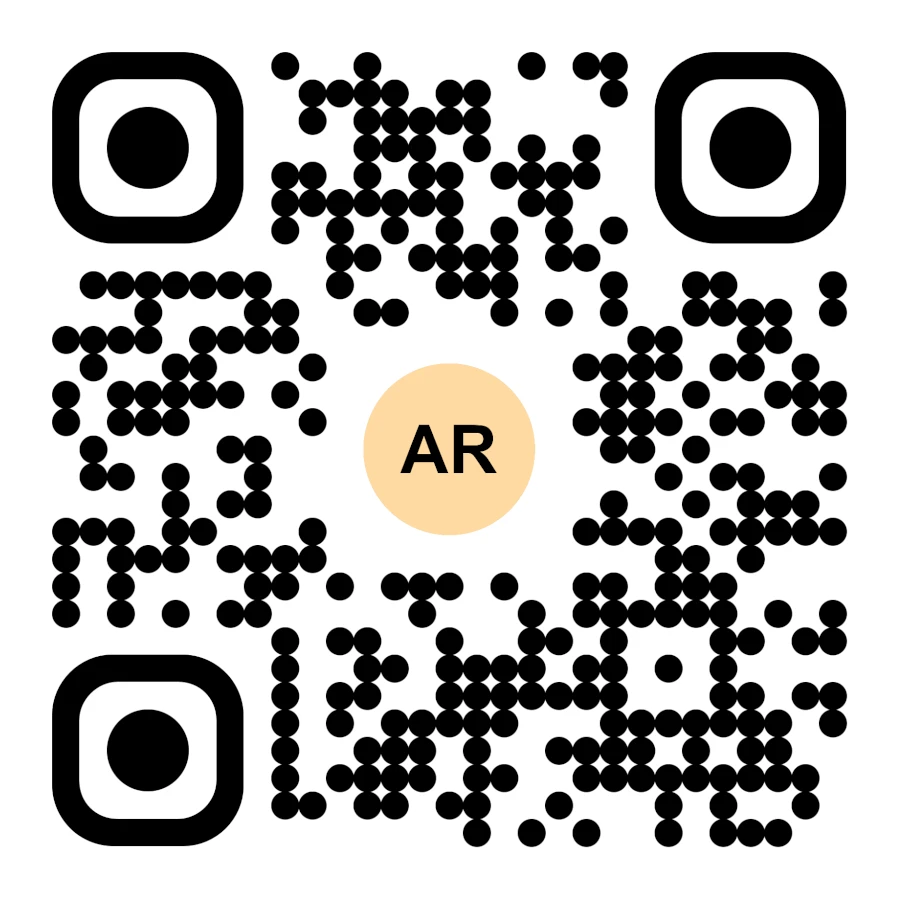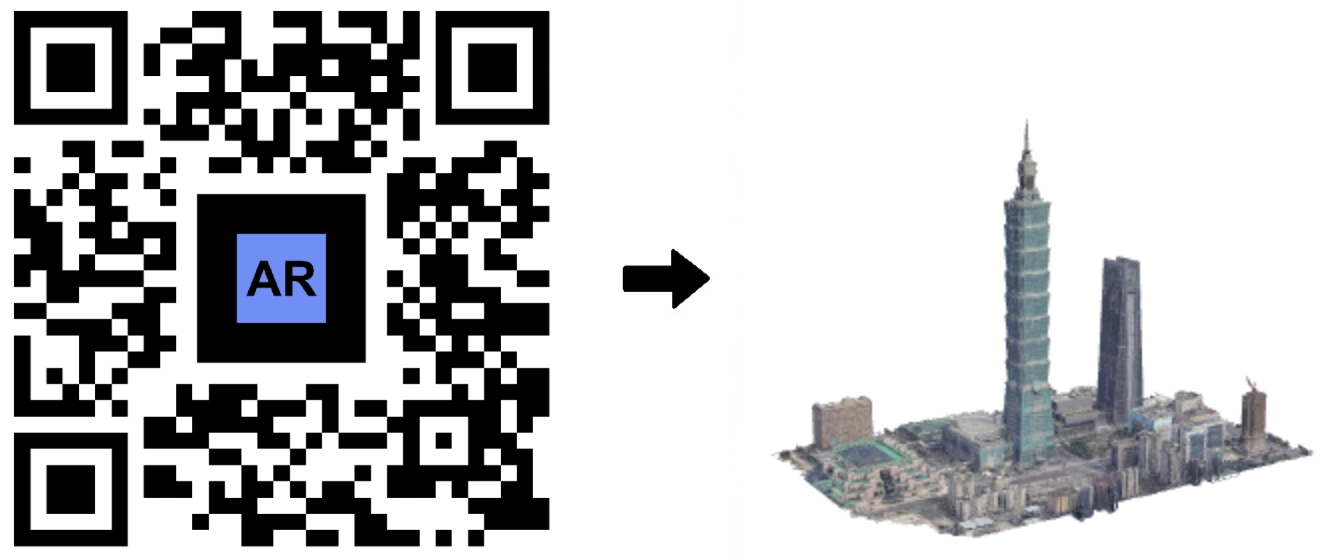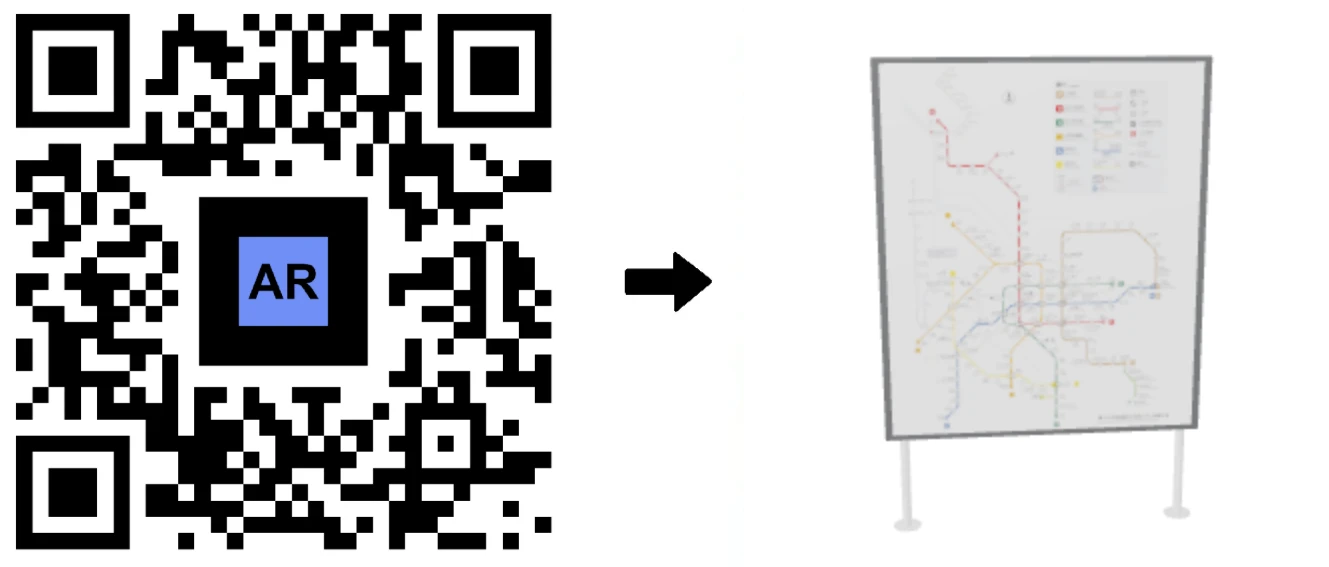How Augmented Reality Codes Can Make our Cities Smarter ?
AR Code Tech | 01/12/2025 |
Smart Cities are rapidly changing how businesses and citizens interact. To stay competitive and deliver real value, companies must embrace AR Code SaaS solutions—these create compelling augmented reality experiences that drive urban innovation. As demand for AR devices grows, AR Code integration is essential for boosting engagement, enriching city environments, and streamlining communication in modern urban landscapes.
What is a Smart City?
A smart city leverages digital tools, data, and connected infrastructure to improve residents’ quality of life. Modern smart cities aren't just about advanced technology—they focus on sustainable, efficient, and proactive solutions for urban challenges. With a collaborative approach, cities become more responsive and adaptable to community needs.
Smart cities use automation and analytics to optimize transportation, enhance public services, support sustainability, and empower communities. Core goals include boosting efficiency, reducing waste, improving social and economic standards, and strengthening inclusivity.
Digitally connected residents seamlessly adopt solutions like AR QR Codes to engage with immersive and interactive urban content. AR Codes for smart cities empower businesses to connect with the public through interactive augmented reality experiences.
AR Codes: Transforming Urban Engagement
AR Codes are advanced, scannable codes that enable 3D object, text, and media visualization in augmented reality. Businesses can increase engagement and brand visibility by integrating AR Codes in smart city ecosystems. Not sure how to get started? Learn how to scan AR Codes to access AR experiences instantly.
You can integrate AR Codes across a wide range of urban assets—including AR product packaging, business cards featuring AR, books and magazines with AR content, event brochures, flyers and posters, labels, clothing, beverage packaging with AR, newspapers, and more. See how AR Codes empower smart cities to foster innovations in public engagement.
In action, AR QR Codes push live data and visuals to the public—think bus stops with real-time schedules, transit cards giving access to updates, or branded displays with engaging content. Modern businesses can leverage the AR Data API to deliver dynamic, real-time AR data and enhance urban interaction through smart displays.
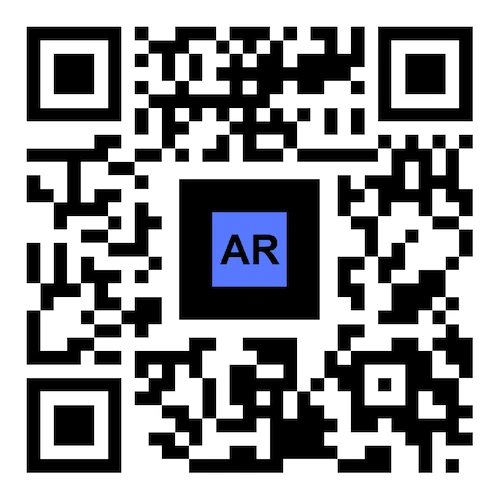
Why AR Codes Matter for Smart Cities
AR QR Codes empower smart cities to deliver seamless augmented reality touchpoints, forging new city-resident connections and driving business results. Top AR Code applications for forward-thinking urban environments include:
- Public transportation: AR-powered maps, real-time updates, notifications, and video guides improve commuter experiences.
- Tourism: Immersive city tours and AR museum visits promote engagement and showcase landmarks.
- Productivity: AR overlays critical infrastructure data for field teams and urban planners, increasing operational efficiency.
- Urban development: 3D visualizations and interactive tools engage citizens in planning and decision making.
- Emergency services: Deliver real-time data for first responders to improve public safety and rapid response.
- Environmental monitoring: Instantly display air quality and environmental data, supporting health-conscious, sustainable urban living.
AR Code: Compatible and Accessible Everywhere
Over 2 billion smartphones support AR Code scanning, making adoption easy and accessible in any city. For step-by-step instructions, see how to scan AR Codes, and explore tips on using AR Codes for product displays.
Businesses can instantly engage customers via the camera app—whether using AR 3D model uploads, interactive AR Face Filters, high-impact AR Videos, dynamic AR Data APIs, or innovative AI Code features.
AR Code technology supports the latest AR/VR hardware, including Meta Quest 3 and Apple Vision Pro. As native AR Code scanning expands across devices, immersive branded AR is ready for today’s—and tomorrow’s—urban environments.
Companies investing in AR Code SaaS see stronger engagement, improved branding, and enhanced customer journeys. For urban leaders, integrating AR Code in smart cities drives intelligent decision-making, sustainable development, and greater satisfaction for all. Discover how AR innovation elevates smart cities through AR Code SaaS solutions.
Frequently Asked Questions
How do Augmented Reality Codes enhance the smart city experience for residents?
AR Codes deliver interactive 3D content across city transport, tourism, urban planning, and environment tracking. By scanning AR QR Codes, city residents gain fast access to real-time info, infrastructure data, and digital city experiences.
What are some examples of how AR Codes can be used in a smart city context?
Smart cities use AR Code for live AR maps, commute updates, interactive museum tours, and real-time environmental data. This improves city efficiency and public engagement.
What types of items can AR Codes be integrated into?
AR Codes upgrade product packaging, business cards, books, tickets, flyers, labels, clothing, posters, bottles, newspapers, and more—creating new interactive AR experiences for city residents and visitors.
AR Code Tech - Latest Blog Posts
AR Splat: A New 3D Scanning-to-Augmented Reality Solution Based on Gaussian Splatting
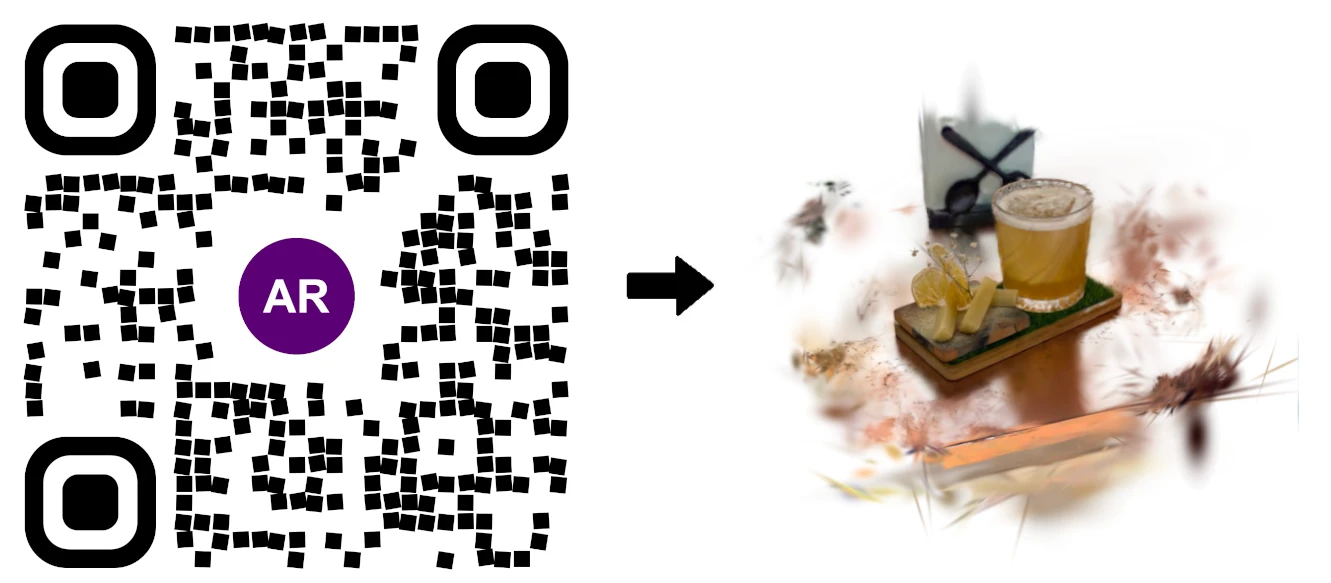
AR Splat by AR Code is a cutting-edge solution for businesses seeking fast, high-quality 3D scene creation. Upload any walk-around video—AR Splat transforms it into an immersive, photorealistic 3D environment instantly accessible through an AR QR Code. Powered by advanced Gaussian Splatting, AR Splat delivers...
AI Code’s Image Generation Redefines Product Visualization Through a QR Code Scan
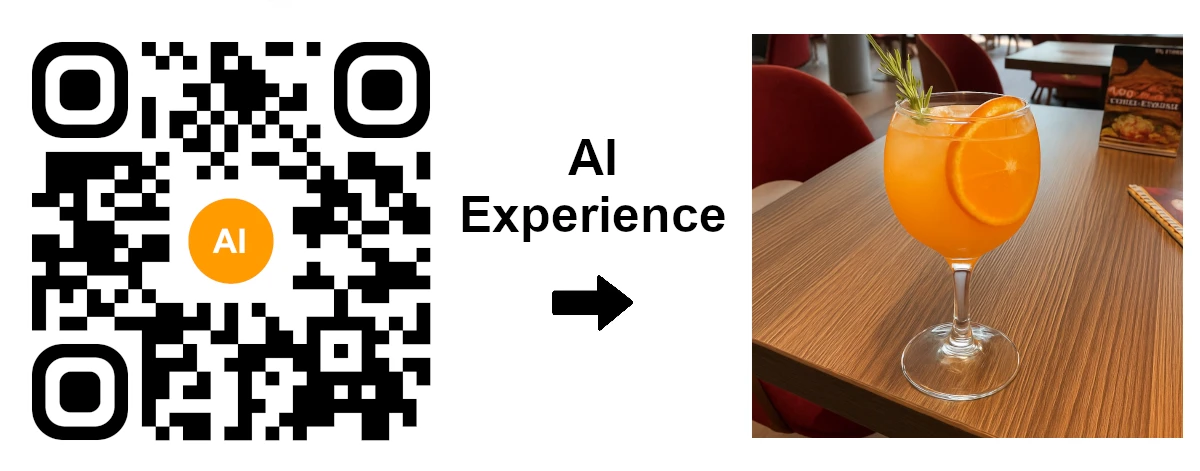
AR Code is revolutionizing Augmented Reality (AR) and Artificial Intelligence (AI), providing advanced AI-generated visualizations that instantly engage customers with a QR code scan. Unlock the business value of AI Code for your enterprise and elevate customer interaction through immersive visual...
AR Code Object Capture Now Works on All iPhones and iPads No LiDAR Required
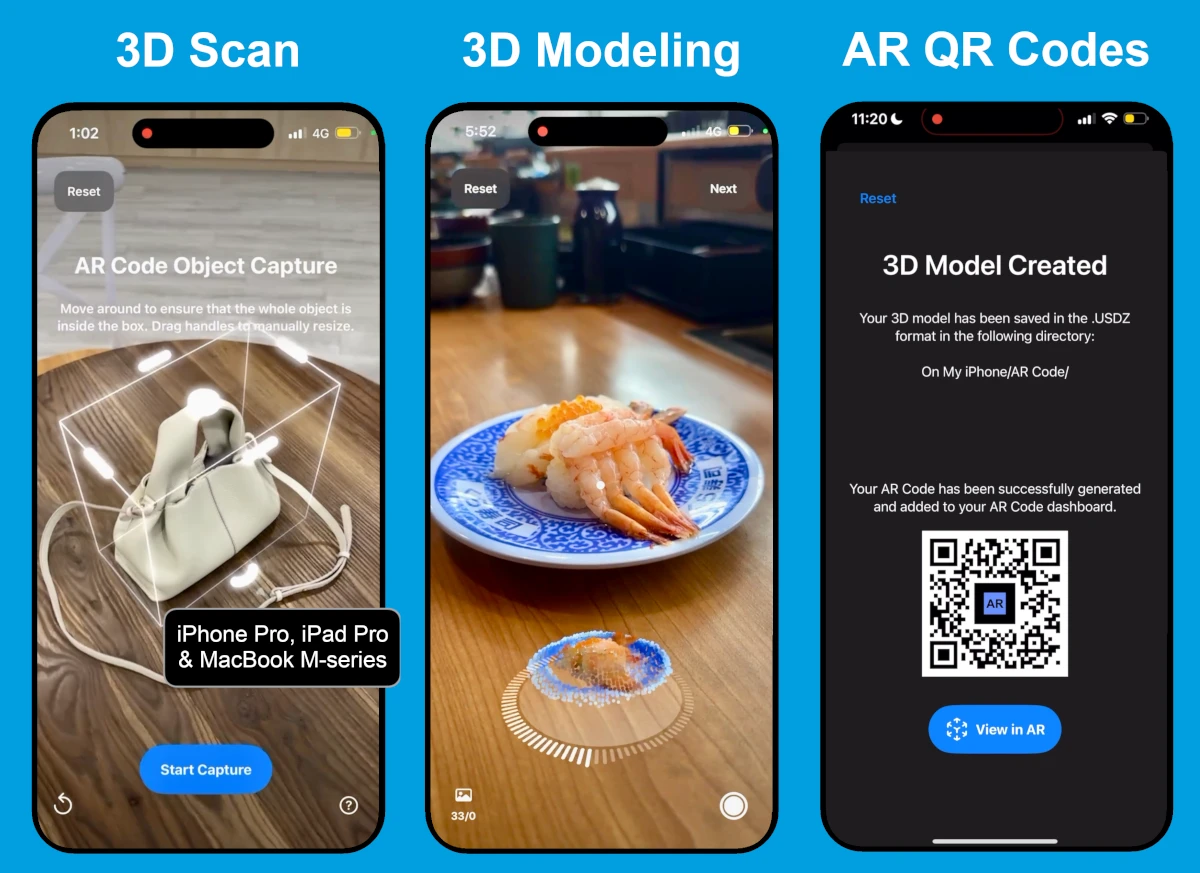
Unlock powerful augmented reality solutions for your business with the AR Code Object Capture app. With support for all iPhones and iPads—even without LiDAR—your team can capture, generate, and deploy impressive 3D models and AR QR Codes instantly, using any Apple device with a camera. Accelerate your digital...
3D Scanning from Video Now Available on the AR Code Web Interface
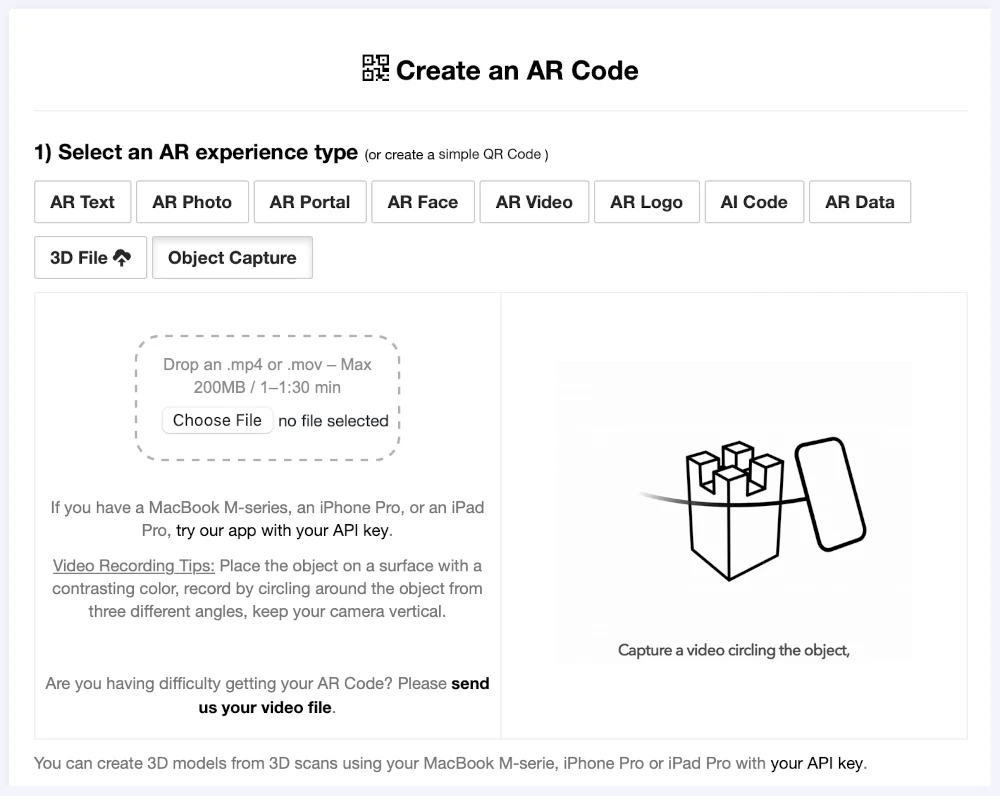
Transform your business with the cutting-edge AR Code Object Capture solution, now accessible through our web platform. Elevate your brand by seamlessly turning video-based 3D scanning into interactive augmented reality content in just a few clicks. Skip complex apps and extra equipment. Simply upload a...
Guide to 3D Scanning with Our "AR Code Object Capture" Solution

Accelerate your business's digital transformation with AR Code Object Capture, the advanced SaaS platform for 3D scanning and augmented reality solutions trusted by leading organizations worldwide. With a powerful, user-friendly interface, quickly generate high-quality 3D models that redefine marketing, online retail,...
From Video to 3D Modeling: Photogrammetry with AR Code Object Capture on MacBook M-Series
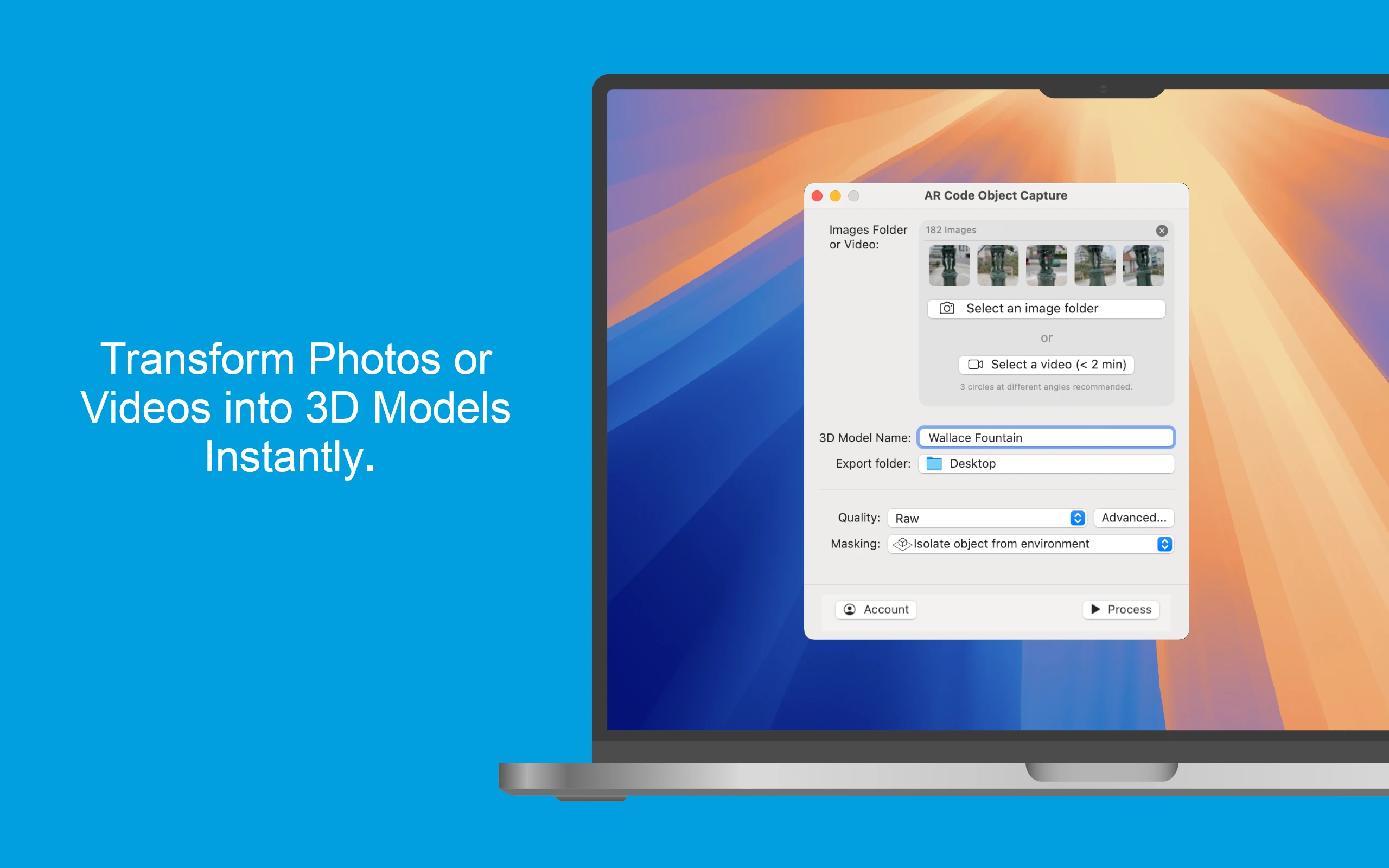
Empower your business with the advanced AR Code Object Capture app, a leader in 3D scanning and augmented reality SaaS for enterprise solutions. Fully optimized for MacBook M-series devices on macOS 15.0+, this application turns real-world products into interactive 3D models and AR QR Codes in minutes. With instant...
Personalize Your AR Codes with Innovative Design Options
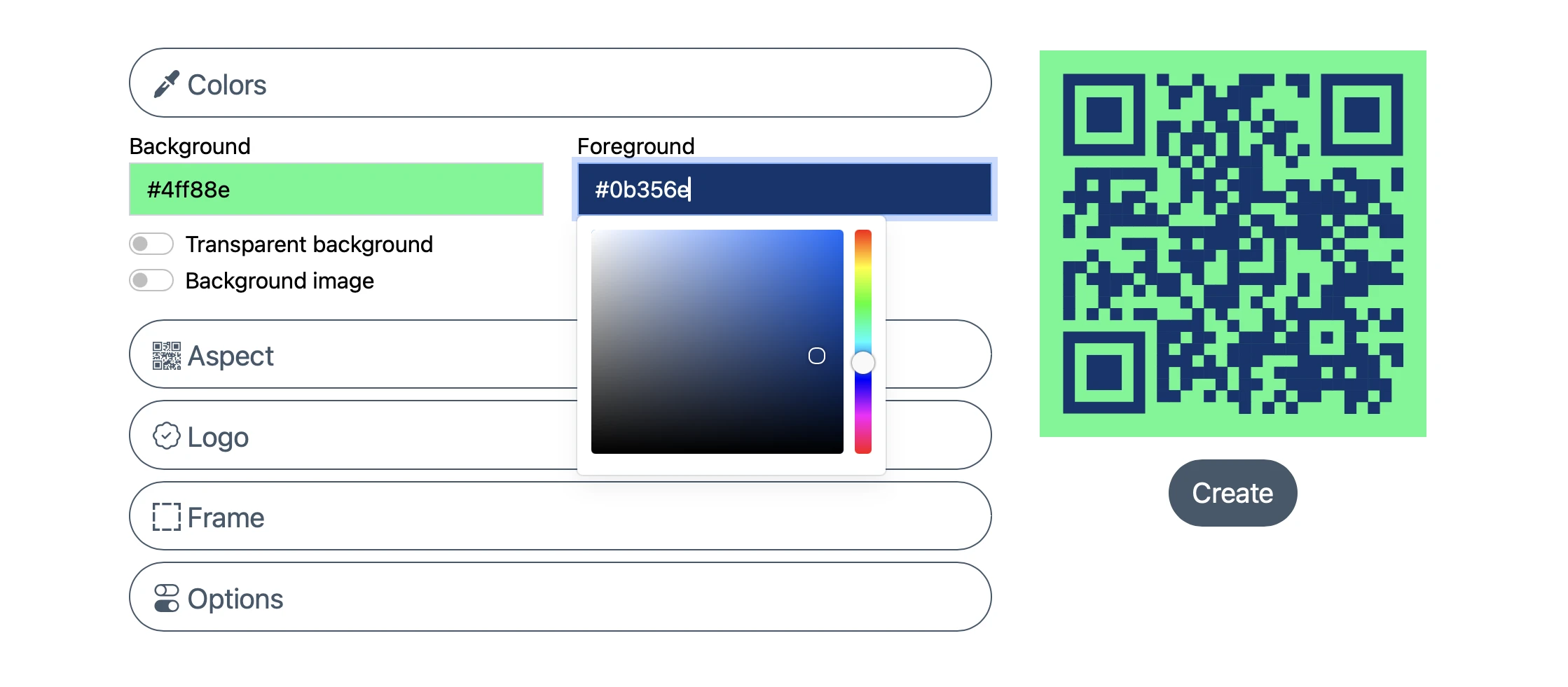
AR Codes are redefining business engagement by merging physical products, print materials, and digital platforms into interactive augmented reality experiences. Unlike traditional QR codes, AR Codes on the AR Code SaaS platform deliver advanced visual customization, transforming standard QR designs into vibrant,...
AR Code's Low-Power SLAM: Augmented Reality for Everyone, Everywhere
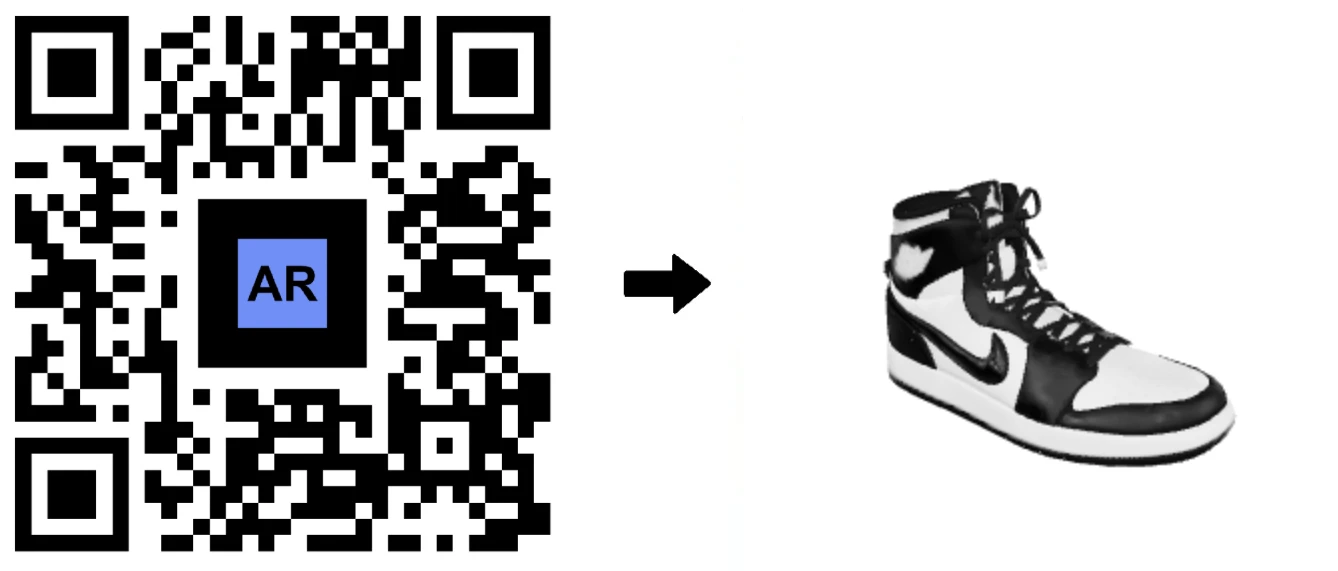
Accelerate your business growth with AR Code, the leading SaaS solution transforming accessibility and engagement in Augmented Reality. The AR Code platform lets companies launch impactful AR experiences across all target audiences, from high-end smartphones to affordable Android devices. Built on advanced low-power...
Revolutionize Your Online Boutique with 3D Scans Using the AR Code Object Capture App

In today’s dynamic e-commerce landscape, creating immersive and interactive shopping experiences is vital for gaining a competitive edge. Modern shoppers expect to engage with products online as realistically as they would in store. AR Code empowers businesses to meet and exceed these expectations using advanced...
AR Face Filter Creation Simplified: Boost Brand Engagement with AR QR Codes
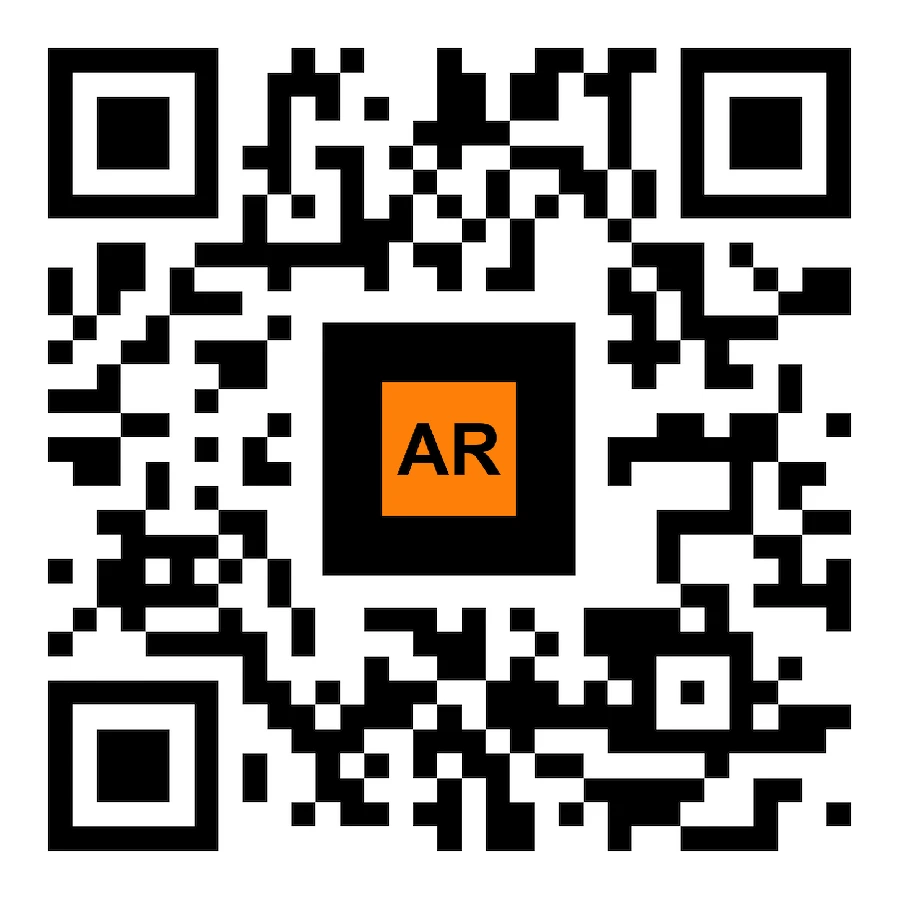
Accelerate your brand’s reach and revolutionize your marketing with AR Face Filter, the leading augmented reality SaaS solution from AR Code. Instantly display your logo or images on users’ faces with advanced AR and AI technology. Ideal for sports teams, event organizers, entertainment venues, and brands focused...
141,784 AR experiences
540,979 Scans per day
127,391 Creators
